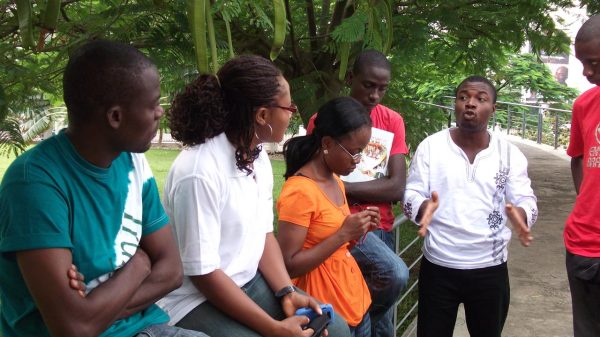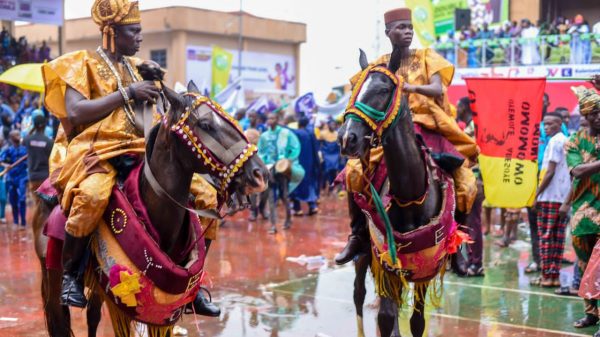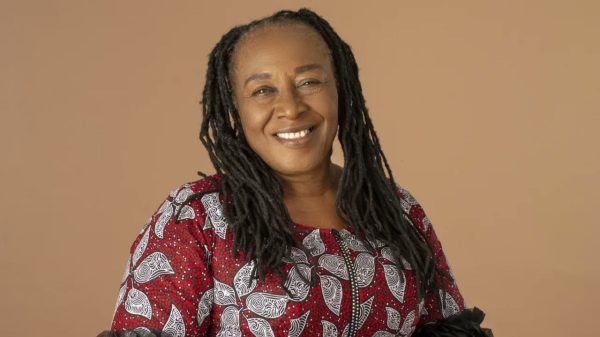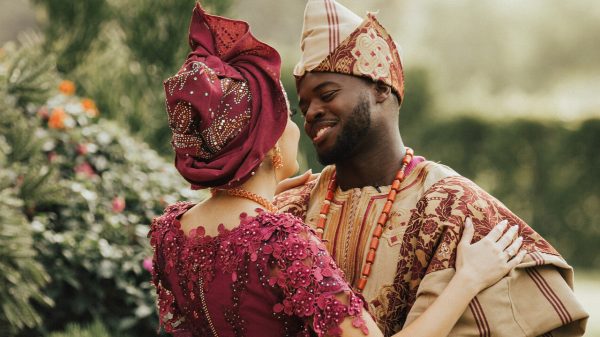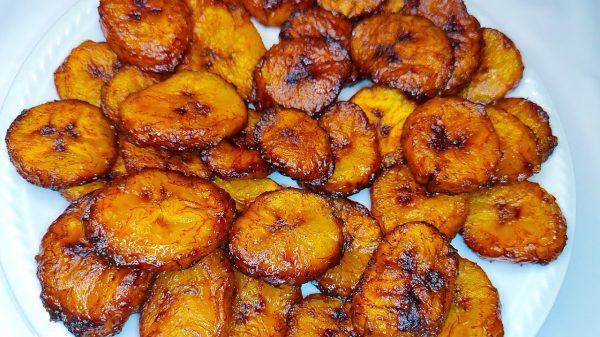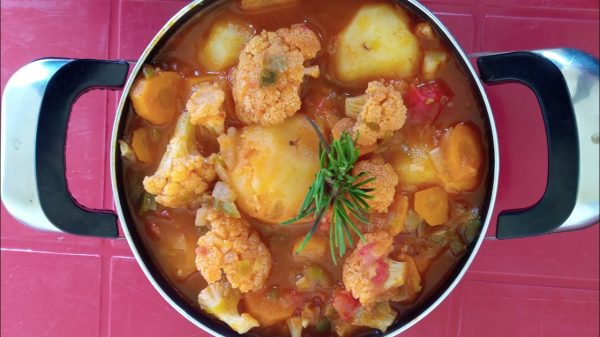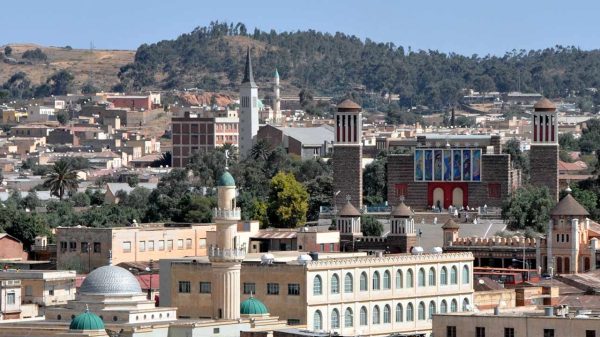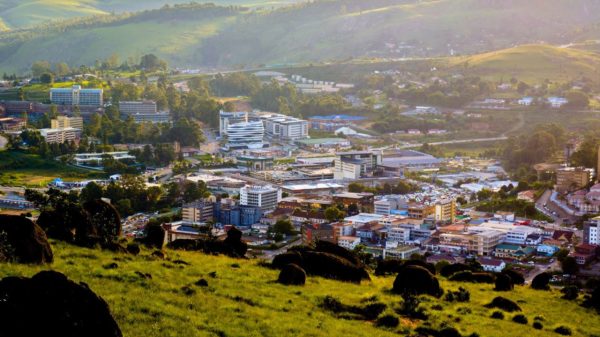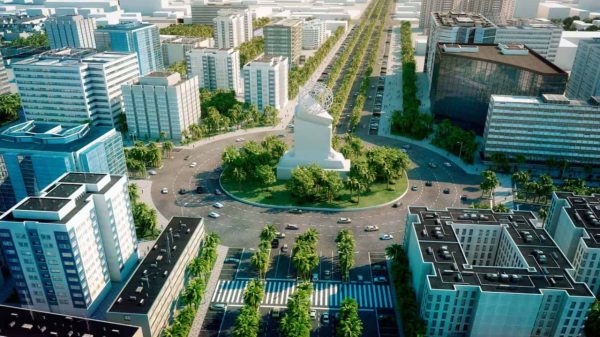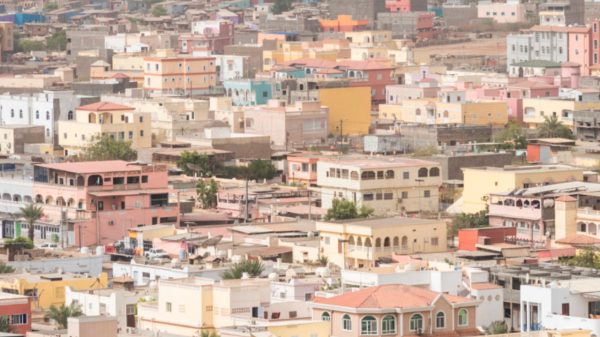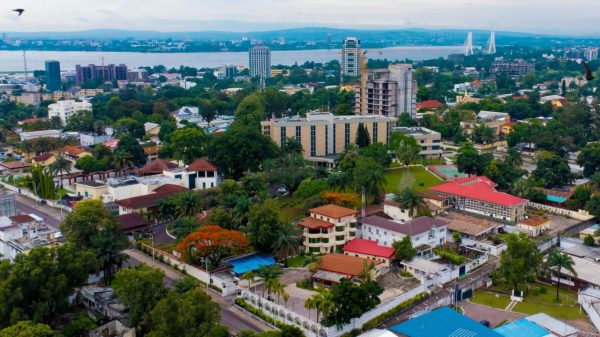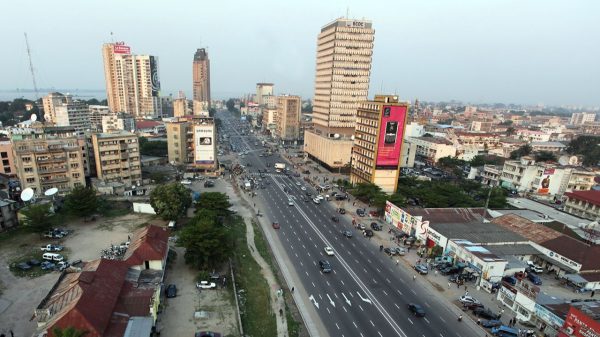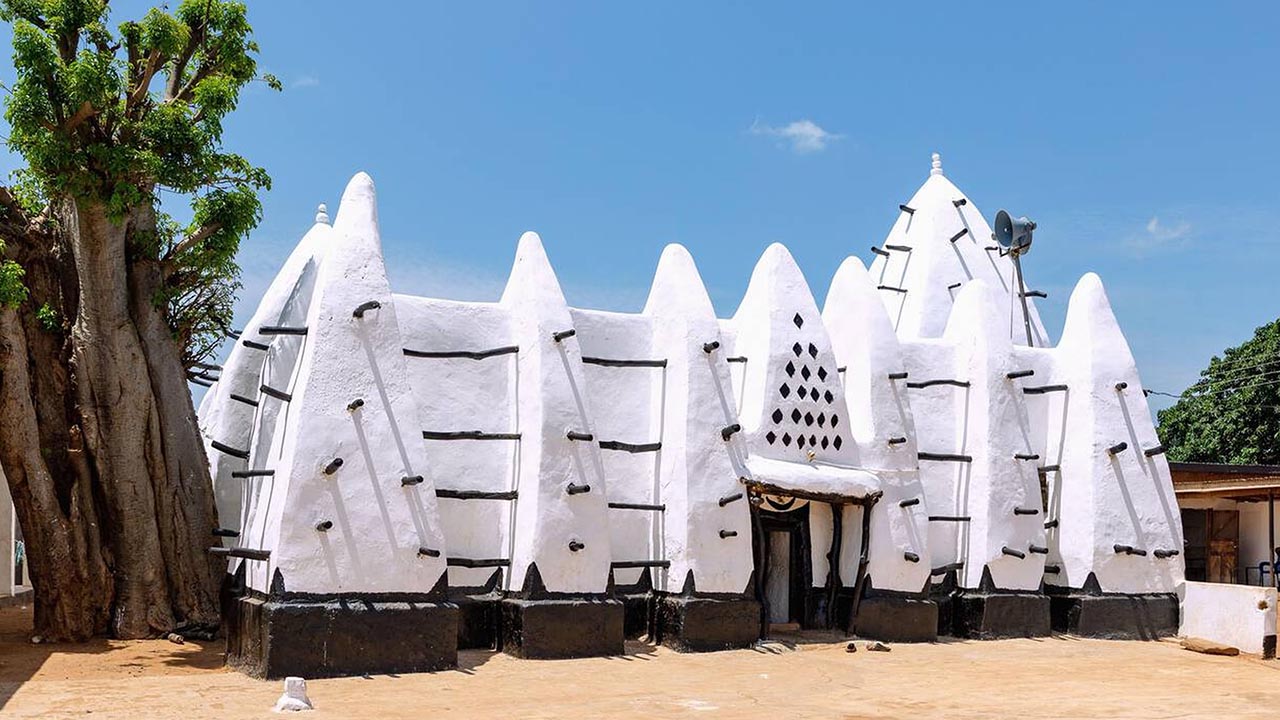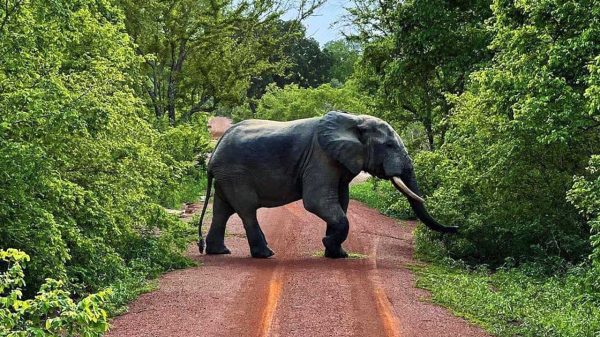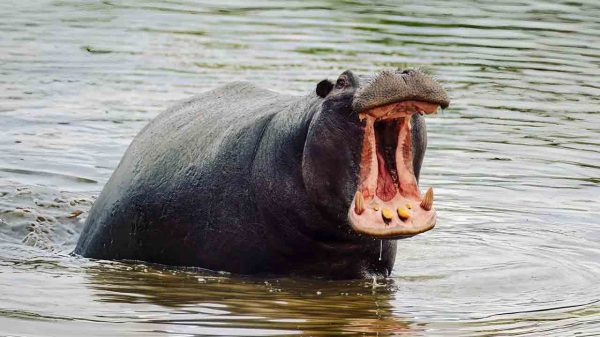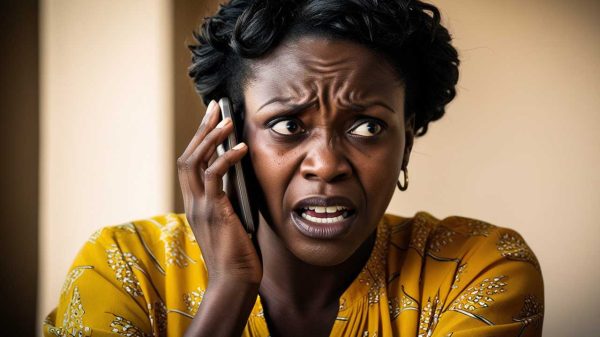Have you ever wondered what it would be like to step back in time and explore the stories of a place that’s rich in history and culture?
Well, Ghana is one of those magical places where the past comes alive! From ancient castles to sacred rivers, Ghana is like a giant history book waiting to be explored. In fact, some of the best tourist attractions in Ghana showcase its fascinating historical and cultural heritage. Today, I’m going to take you on a journey to the Top 10 Historical & Cultural Sites in Ghana. Think of me as your friendly tour guide, and let’s dive in!
1. Cape Coast Castle
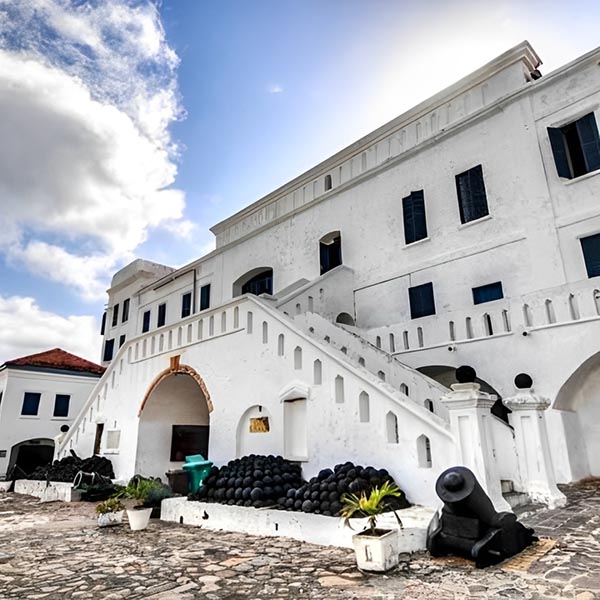
Let’s start with one of the most famous places in Ghana: Cape Coast Castle. Imagine a big, white fortress right by the ocean. It looks beautiful, but it has a very sad history. This castle was built by Europeans a long time ago, and it was used as a place to hold enslaved Africans before they were sent across the Atlantic Ocean. Walking through the castle, you’ll see dark, cramped dungeons where people were kept. It’s a tough place to visit, but it’s important to remember what happened here so we can learn from it.
Fun Fact: The castle has a “Door of No Return,” which was the last door enslaved Africans walked through before boarding ships. Today, it’s a symbol of resilience and hope.
2. Elmina Castle
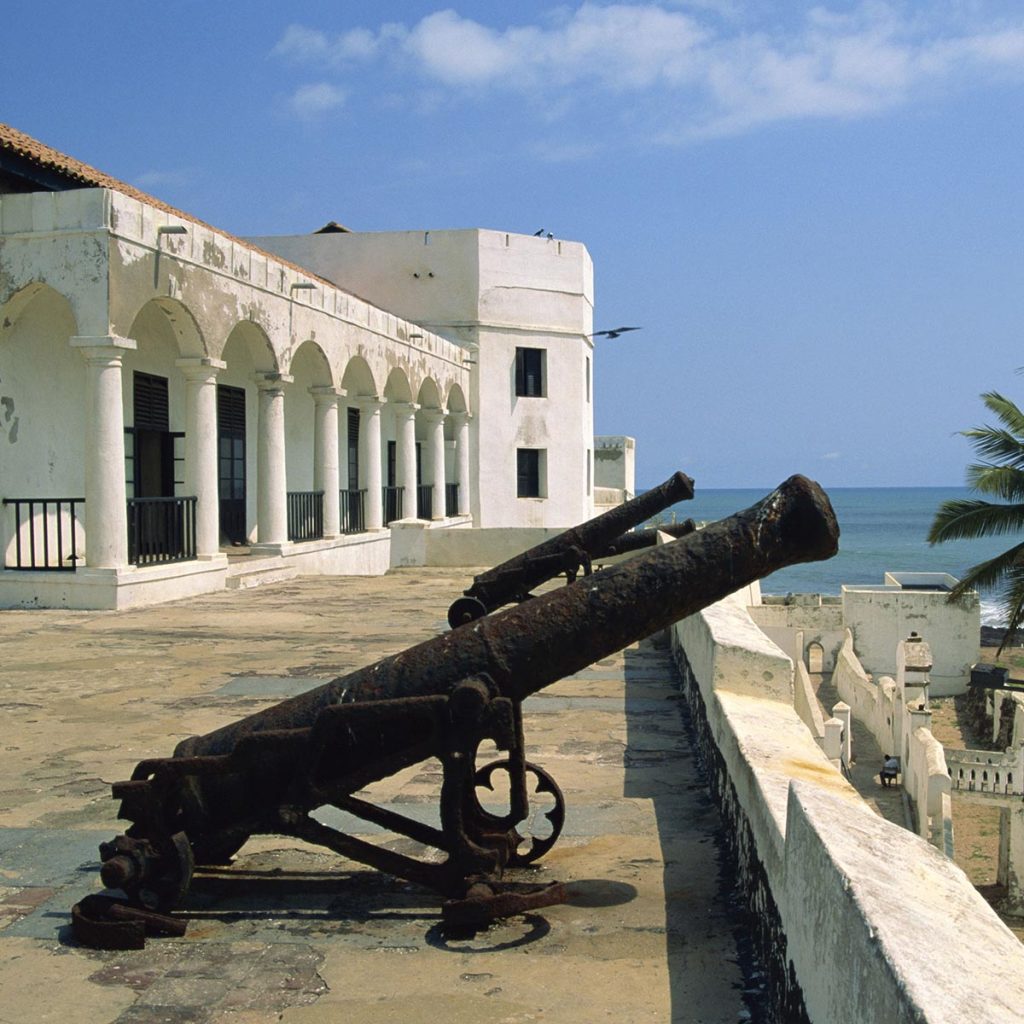
Next up is Elmina Castle, which is actually the oldest European building in sub-Saharan Africa! It was built by the Portuguese in 1482. Like Cape Coast Castle, Elmina was also used in the transatlantic slave trade. The castle is located in a fishing town called Elmina, and it’s surrounded by colorful boats and bustling markets. When you visit, you’ll see how the castle was divided into different sections, like the governor’s quarters and the dungeons.
Did You Know? Elmina Castle was originally built to trade gold, not enslaved people. But over time, its purpose changed.
3. Kwame Nkrumah Memorial Park and Mausoleum
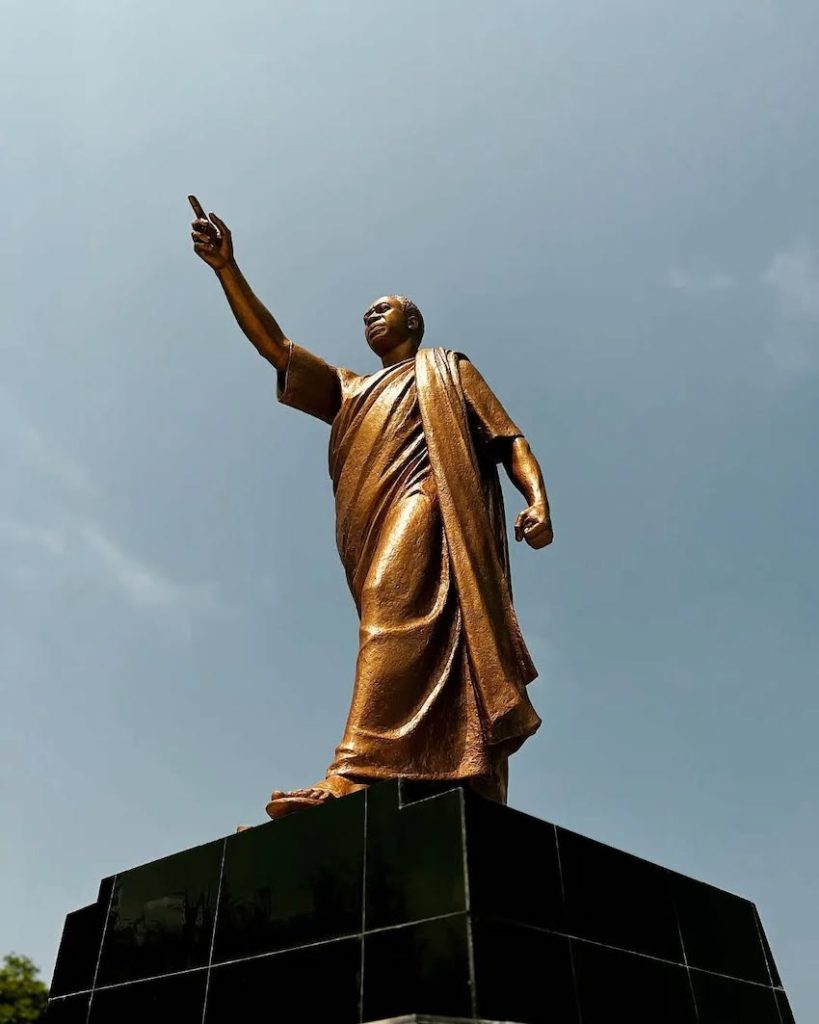
Now, let’s talk about a hero in Ghana’s history: Kwame Nkrumah. He was the first president of Ghana and helped the country gain independence from British rule in 1957. The Kwame Nkrumah Memorial Park and Mausoleum in Accra is where he’s buried. The park is peaceful and has a tall statue of Nkrumah. Inside the mausoleum, you’ll find his personal belongings and learn about his life.
Cool Fact: Nkrumah was a big believer in unity for all African countries. He even helped create the Organization of African Unity (OAU), which is now called the African Union (AU).
4. Manhyia Palace Museum
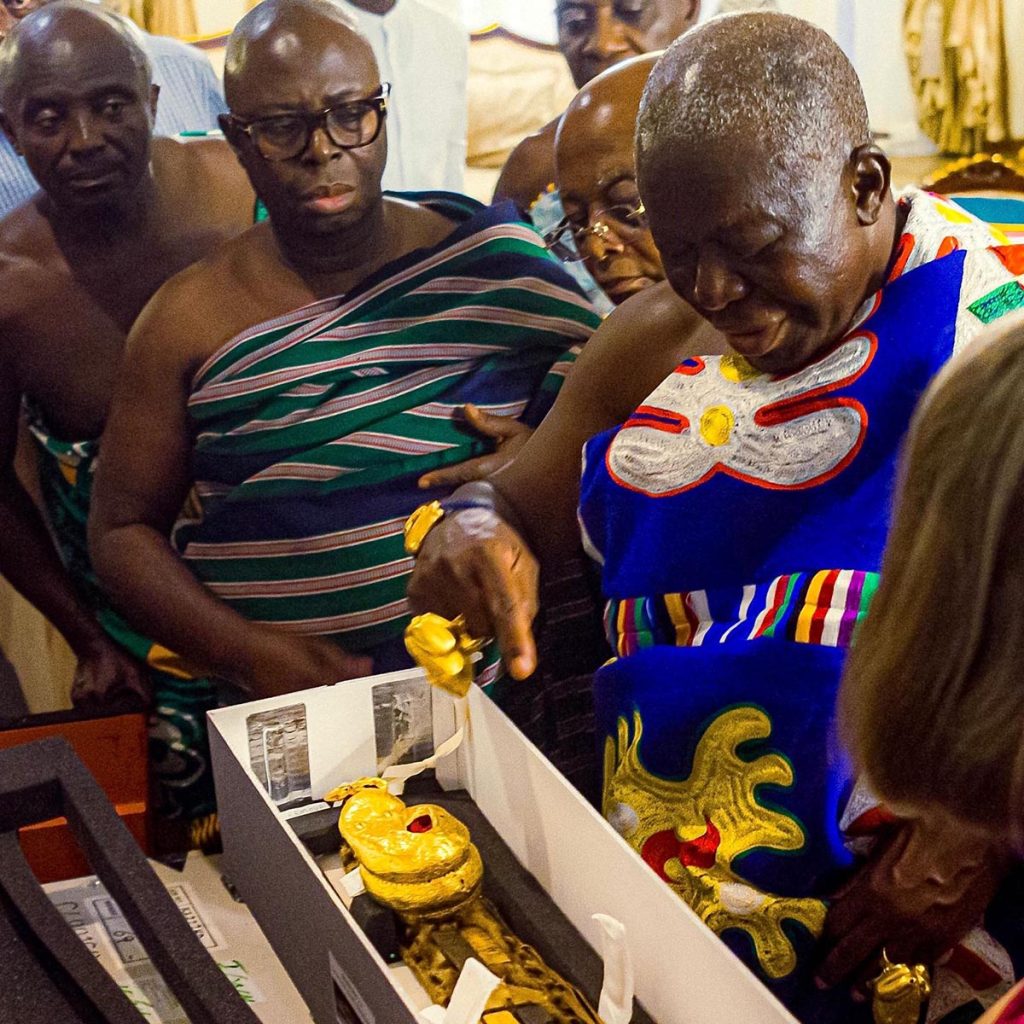
Ever wanted to explore the history of an African kingdom? The Manhyia Palace Museum in the Ashanti region offers a deep dive into the legacy of the Ashanti kings. Once the official residence of the Ashanti monarch, the palace has been transformed into a museum showcasing royal artifacts like golden stools, swords, and ceremonial clothing. Visitors can learn about the Ashanti Kingdom’s rich traditions, its powerful rulers, and its role in West African history.
Fun Fact: The Ashanti Kingdom is famous for its Golden Stool, a sacred symbol of unity and strength, believed to have descended from the sky.
5. The Osu Castle
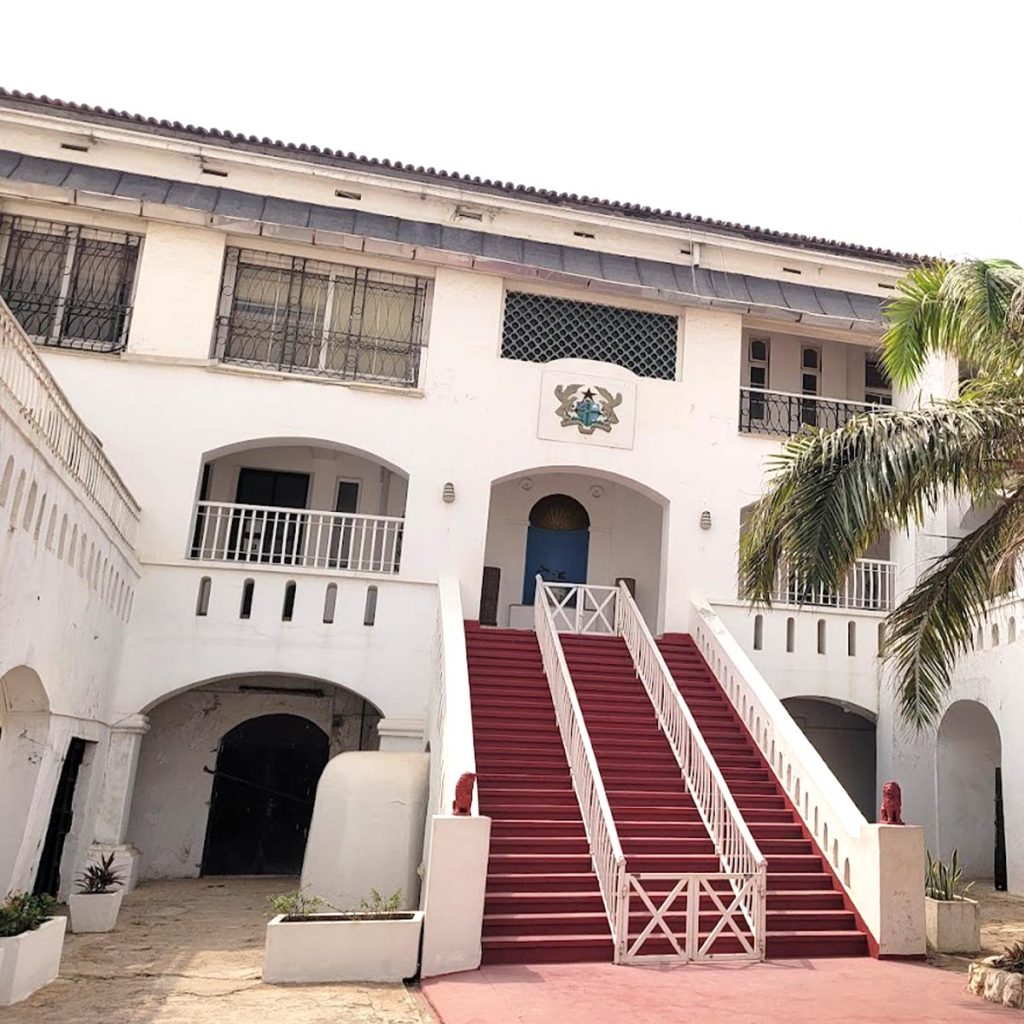
Also known as Christiansborg Castle, the Osu Castle in Accra has had many roles over the years. It was built by the Danes in the 1600s and has been used as a trading post, a seat of government, and even a prison. Today, it’s a museum where you can learn about Ghana’s colonial past and its journey to independence.
Did You Know? The castle has a tunnel that leads to the ocean! It was used for secret escapes during conflicts.
6. W.E.B. Du Bois Memorial Centre for Panafrican Culture
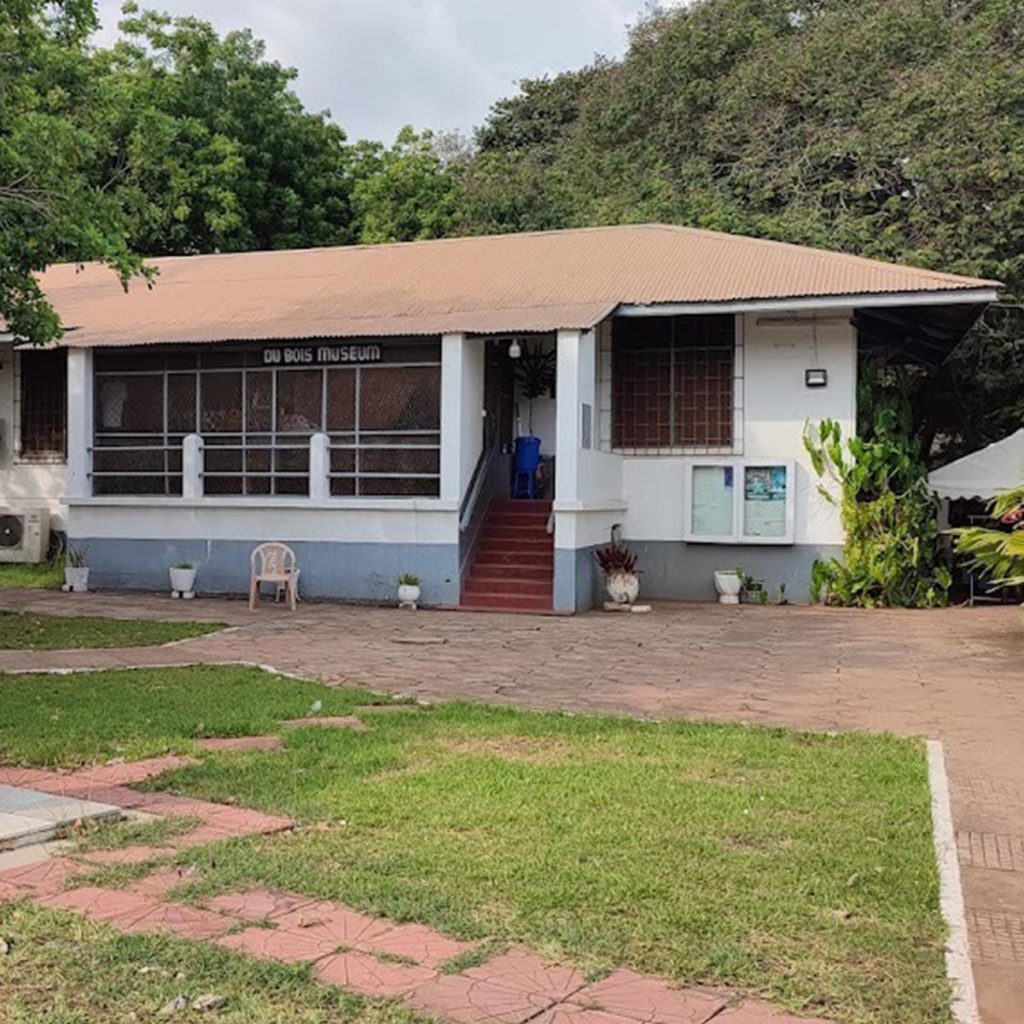
If you’ve ever heard of W.E.B. Du Bois, you’ll love this place! He was an African American scholar and civil rights activist who moved to Ghana in 1961. The W.E.B. Du Bois Memorial Centre in Accra is where he lived and worked. The center has his personal library, writings, and even his grave. It’s a great place to learn about Pan-Africanism, which is the idea that all African people should work together.
Cool Fact: Du Bois was invited to Ghana by Kwame Nkrumah because they both believed in unity and freedom for African people.
7. Larabanga Mosque
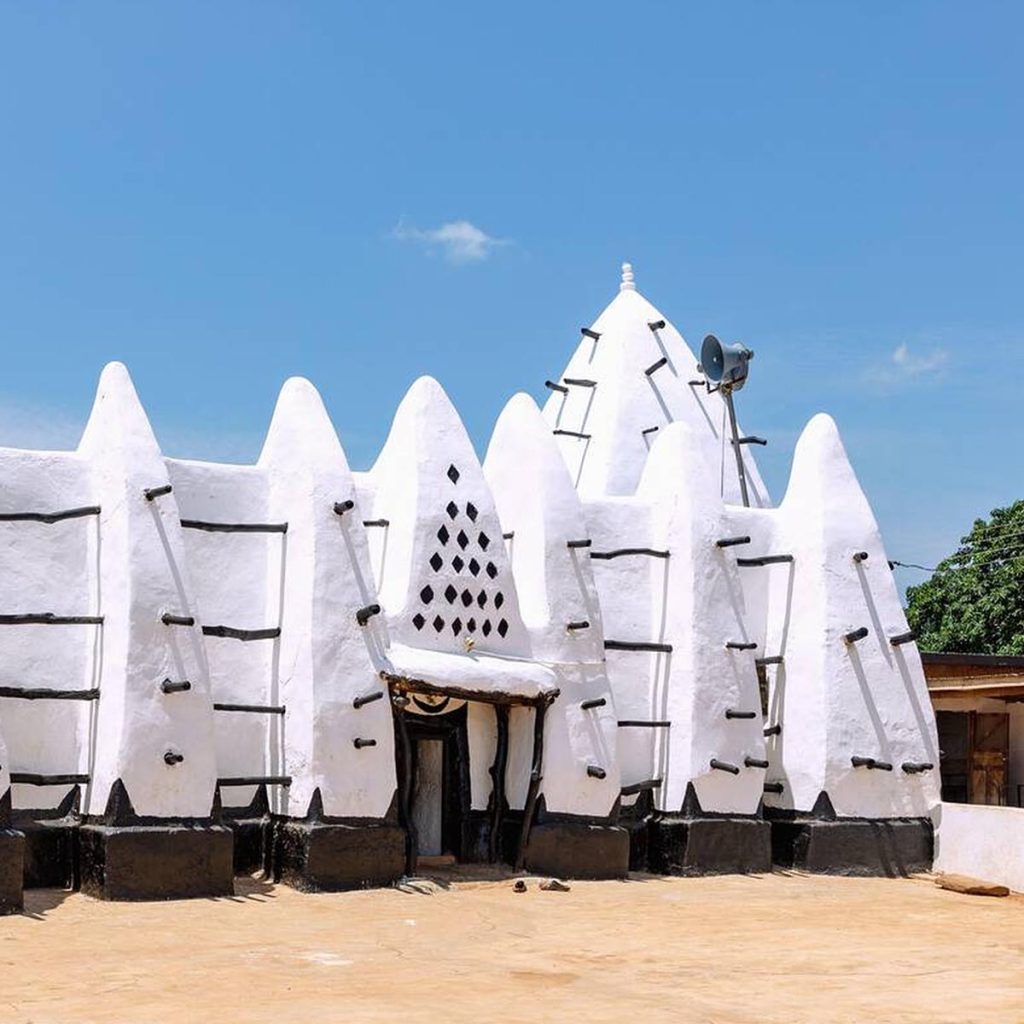
Now, let’s visit one of the oldest mosques in West Africa: the Larabanga Mosque. It’s located in a small village called Larabanga and is made of mud and sticks. The mosque has been standing for over 600 years! Its unique design and history make it a special place to visit.
Fun Fact: The mosque is sometimes called the “Mecca of West Africa” because it’s so important to Muslims in the region.
8. Paga Crocodile Pond
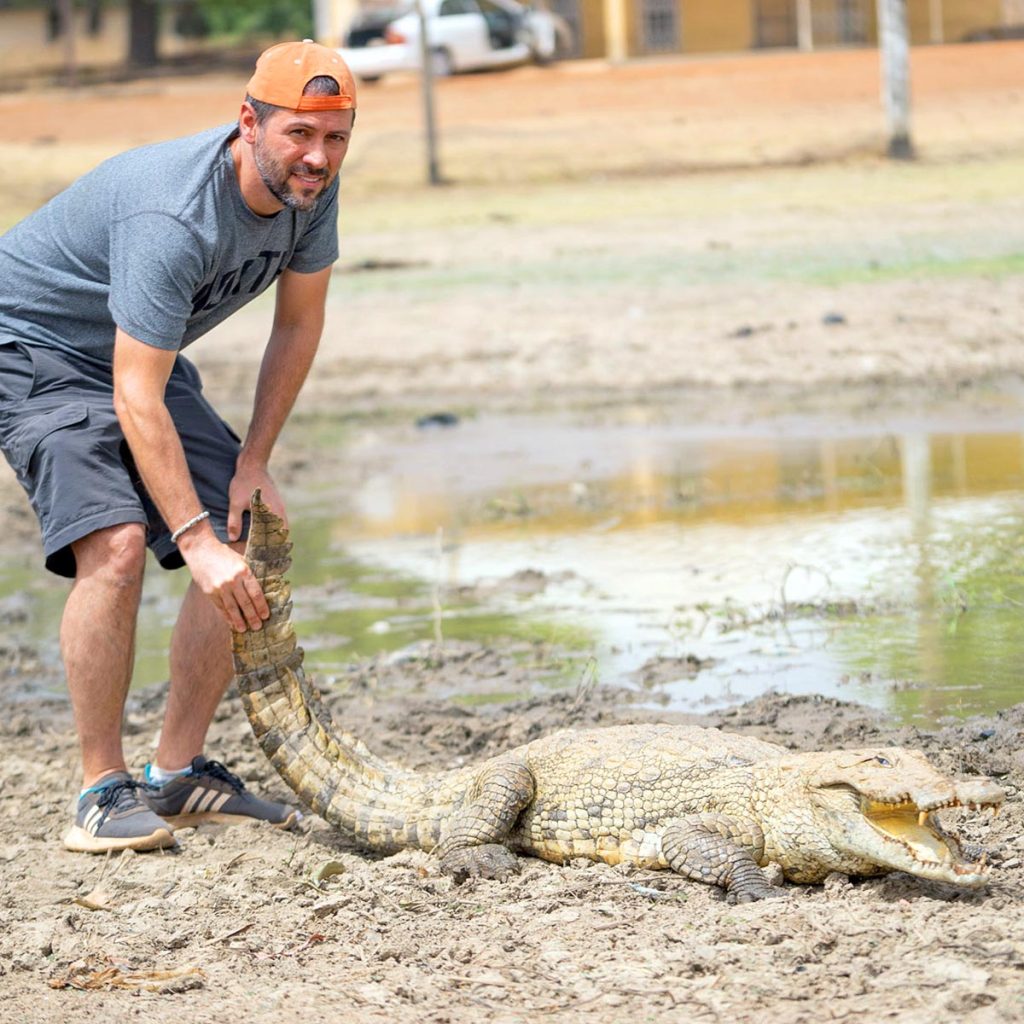
Okay, this one is super cool! In the town of Paga, there’s a pond where crocodiles and humans live together peacefully. The Paga Crocodile Pond is home to sacred crocodiles that are believed to be the spirits of ancestors. Visitors can even touch or sit on the crocodiles (with the help of a guide, of course!).
Did You Know? The people of Paga believe that harming a crocodile brings bad luck, so they protect them.
9. Salaga Slave Market
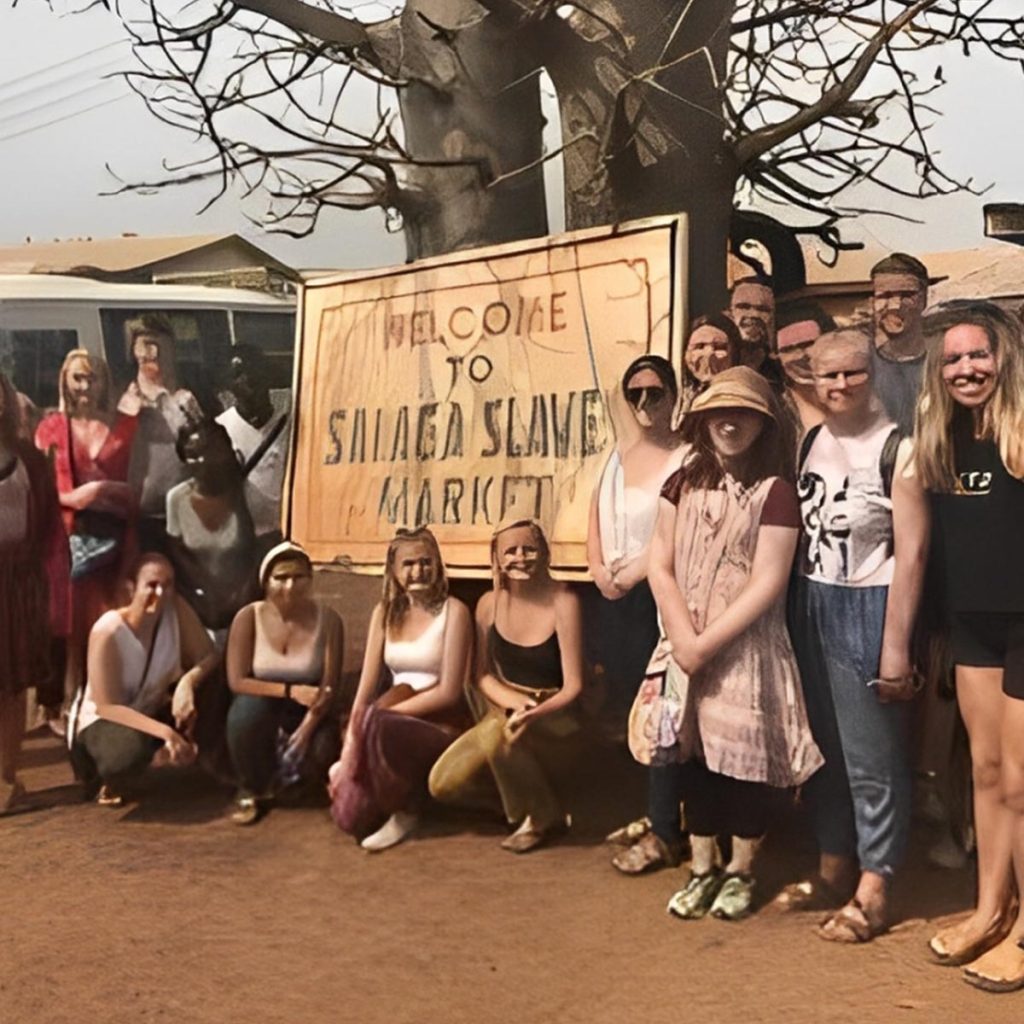
The Salaga Slave Market is another important historical site. It was one of the largest slave markets in West Africa. Enslaved people were brought here from different parts of the region and sold to traders. Today, the market is a place to reflect on the past and honor those who suffered.
Cool Fact: Salaga was also a major trading center for kola nuts, gold, and salt.
10. Assin Manso Slave River Site
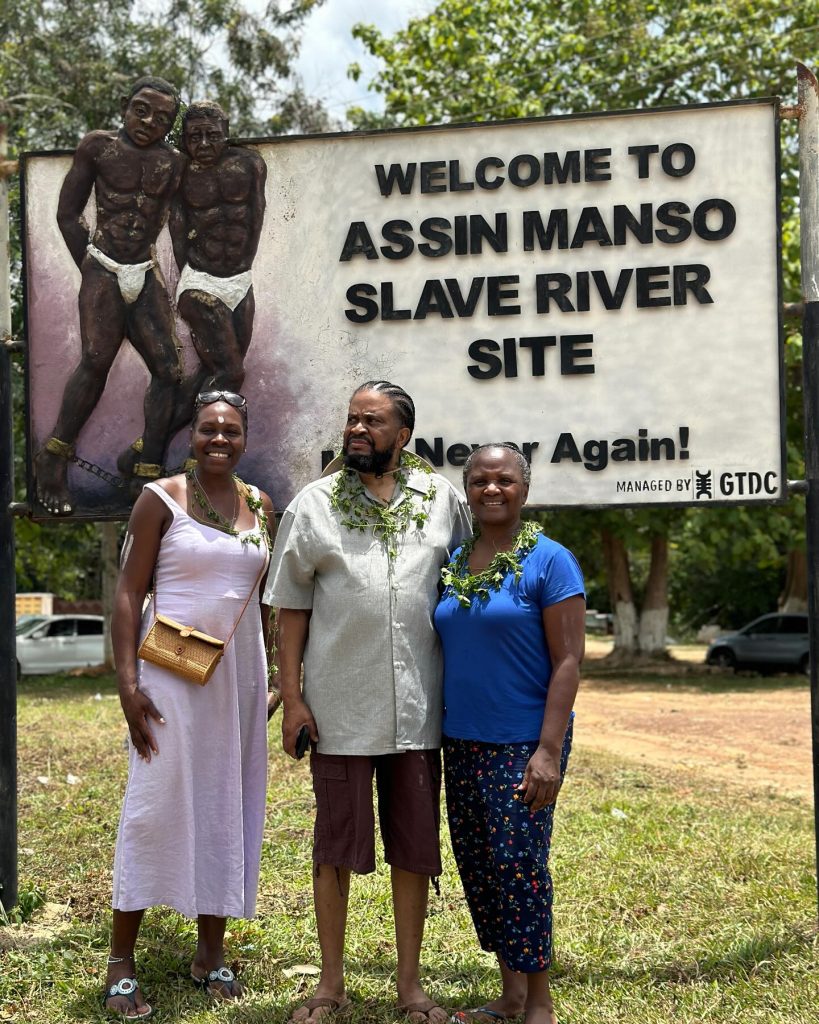
Last but not least, we have the Assin Manso Slave River Site. This is where enslaved Africans were taken to bathe and rest before being sent to the castles. The river is now a memorial site, and there’s a “Last Bath” monument to honor the people who passed through here.
Fun Fact: Every year, people from all over the world come to Assin Manso to pay their respects during festivals like Emancipation Day.
Why These Sites Matter
Visiting these places isn’t just about seeing old buildings or landmarks. It’s about understanding the stories of the people who lived, struggled, and triumphed there. Ghana’s history is a mix of joy and pain, but it’s also a story of resilience and hope. By learning about these sites, we can appreciate the past and work toward a better future.
So, what do you think? Would you like to visit Ghana and see these amazing places for yourself? I bet you’d have an unforgettable adventure! With so many tour operators in Ghana, planning your trip has never been easier. Let me know which site you’d want to visit first.
And there you have it—the Top 10 Historical & Cultural Sites in Ghana! I hope you enjoyed this journey through time and learned something new. Remember, history isn’t just about dates and facts; it’s about people, their stories, and how they shape the world we live in today. Until next time, keep exploring and stay curious!
Subscribe to our Newsletter
Stay updated with the latest trends in African Pop Culture!


